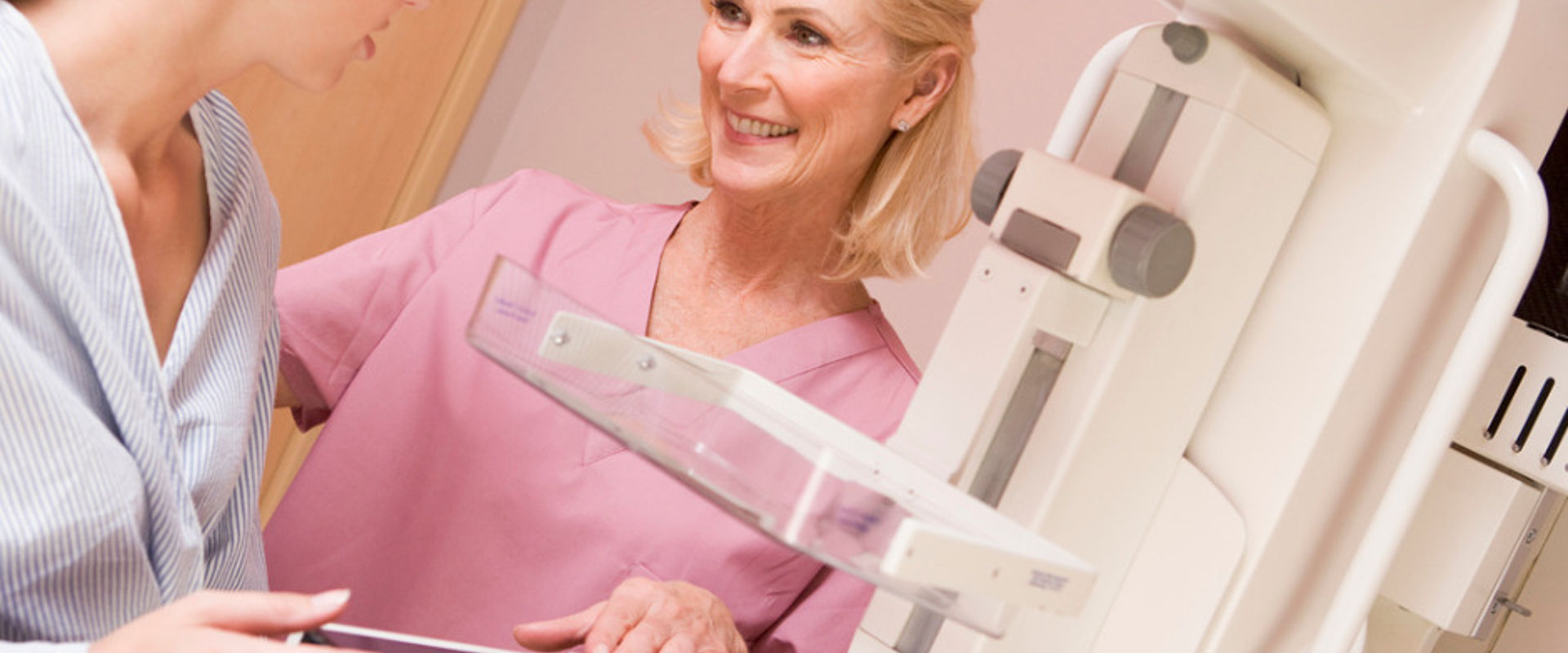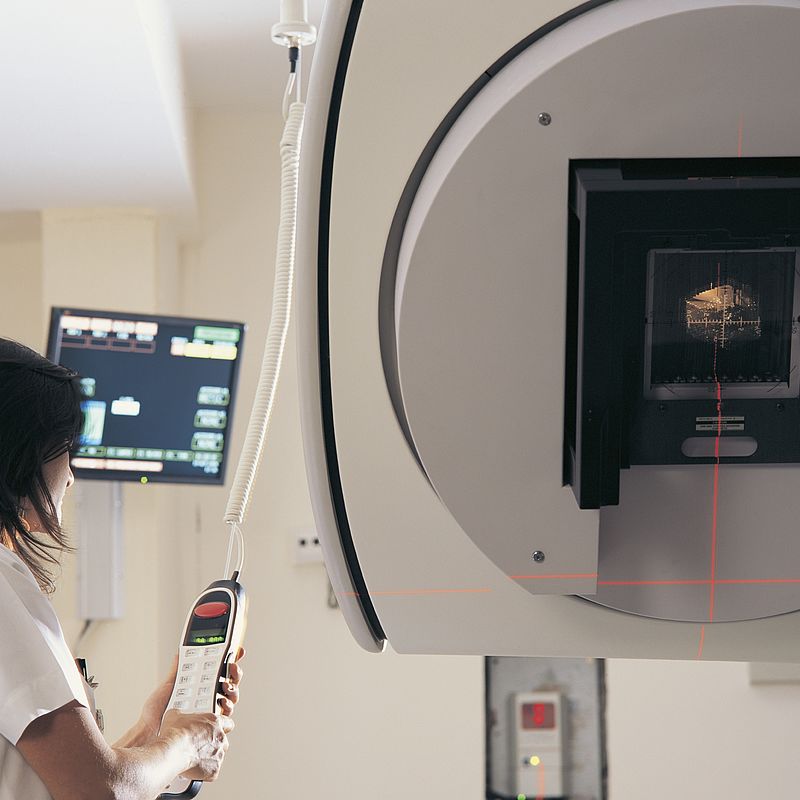
Support for Balkan mammography services
Challenge
In Europe 1 in 8 women develop breast cancer before the age of 85, and early diagnosis increases survival chances. National x-ray screening programmes are being introduced throughout the EU, underpinned by a measurement traceability hierarchy to ensure the quality of the services provided. This includes checking that EU safety guidelines have been followed and patient radiation doses from x-ray imaging have been accurately determined and are within the diagnostic reference levels aimed at lowering patient exposures whilst creating quality images.
Assessing patient x-ray radiation doses relies on a traceability pyramid, with clinical measurement instruments – dosimeters – at its broad base, and NMI measurement standards at its pinnacle. These standards provide rigorous links to SI units for instruments used to confirm the x-ray beam quantities important for imaging beam quality during clinical dosimeter calibrations. To ensure that all NMI facilities are comparable, the BIPM operates a database containing information on individual NMI measurement capabilities and issues coveted CMC status to NMIs that meet a recognised quality benchmark. To ensure that all labs issuing calibration certificates operate to the same quality management requirements, ISO 17025, an international documentary measurement standard is used.
NMI in emerging EU member states frequently use an extended traceability chain to SI units based on calibrations performed by sister NMIs. Additional links in this chain reduce the ultimate accuracy achieved for x-ray exposure determination. Increasing dosimetry service accuracy relies on shortening this chain.
Solution
The EMPIR project Absorbed dose in water and air developed and improved dosimeter calibration standards and capabilities at emerging EU member state NMIs. This EMPIR project, the first in which Vinca Institute of Nuclear Sciences (VINS), the Serbian DI participated, provided networking opportunities with more expert NMI enabling knowledge sharing on best practice in dosimetry measurements.
Using funding from an IAEA Technical Cooperation Project, and assistance from two Support of the Quality Infrastructure projects, VINS were able to commission facilities for providing the x-ray dosimetry calibration service needed to comply with EU Directives on patient clinical exposures, such as those from breast screening programmes. In the EMPIR project, an ISO 17025 audit of VINS identified improvements required for their quality systems before their application to the BIPM for CMC status for performing dosimetry calibrations. Now granted, VINS have joined the mutual recognition agreement that recognises SI measurement equivalence for NMI calibrations internationally.
Impact
The Serbian Institute of Occupational Health is one of the few accredited labs in Serbia authorised to perform tests of mammography x-ray machines for Quality Assurance purposes. Using the VINS upgraded x-ray calibration service, their semiconductor multi-meters used to measure mammography x-ray imaging beam strength throughout the Balkans have a shorter traceability chain to SI units. They and other users of the improved VINS calibration service can now have greater confidence through the increased accuracy achieved in demonstrating compliance with EU radiation safety. In an aging population, understanding the contribution of medical x-ray exposure to the total population dose and minimising this additional cancer risk is an important consideration for longer term patient wellbeing.
- Category
- EMRP,
- Health,
